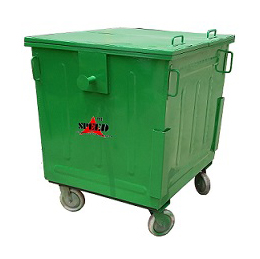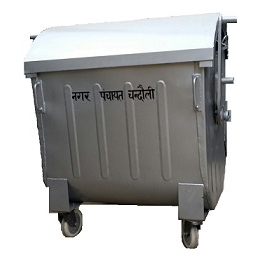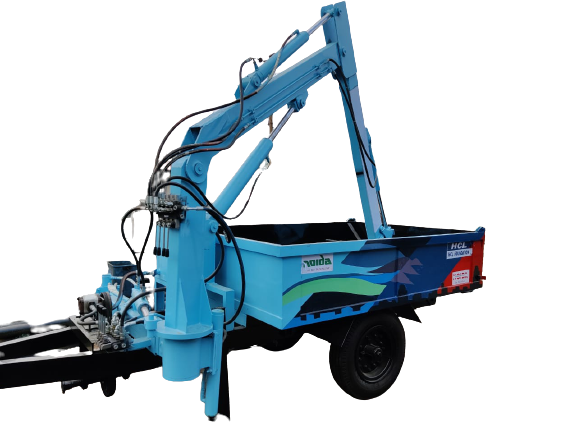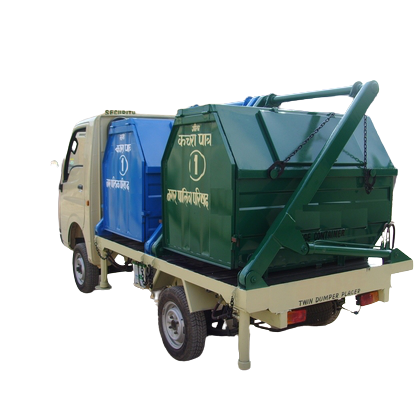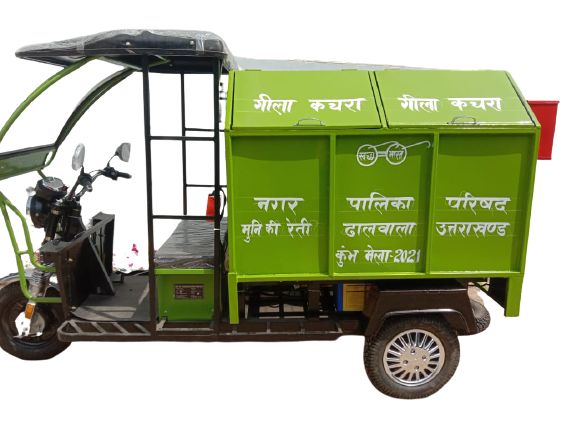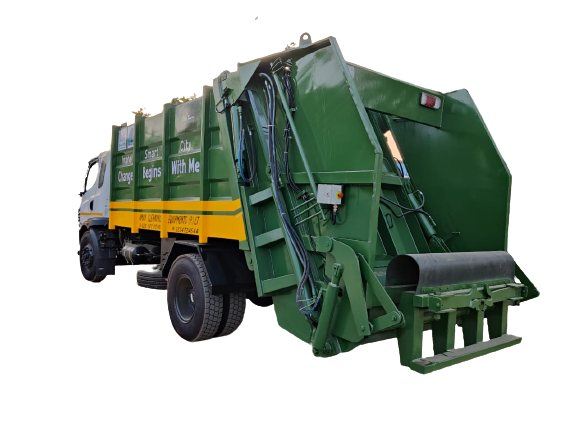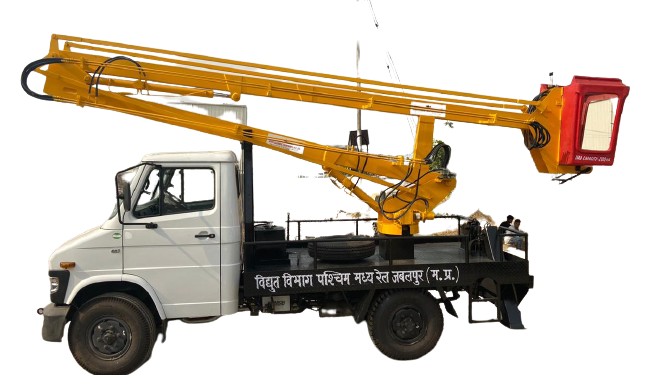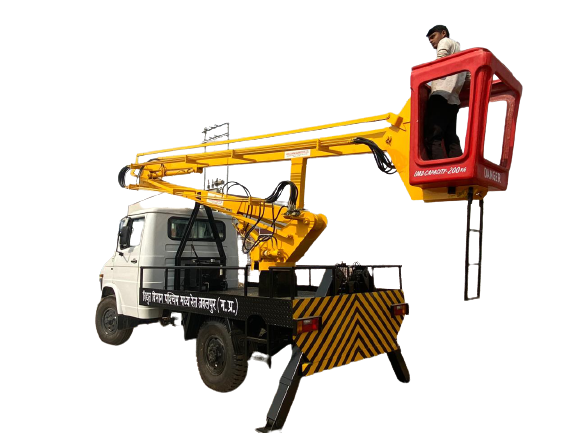RODDING MACHINEModel Name:
A rodding machine, also known as a road grader or motor grader. Is a heavy equipment machine commonly use in construction and maintenance of roads, as well as leveling and flattening surfaces. It is equipped with a long blade that can be adjust and rotated to grade or level the ground. Road sweeper machine are typically use for tasks such as shaping and maintaining road surfaces. Removing debris, and distributing materials like gravel or soil.
What Is The Purpose Of Rodding?
These machines are often equipper with advance features such as hydraulic controls, GPS systems. And automated grading systems to ensure precision and efficiency in road construction projects. They play a crucial role in creating smooth and even road surfaces. Which are essential for safe and comfortable driving conditions.
A rodding machine is a specialize piece of equipment use for clearing blockages in drains, sewer lines, and pipes. It is design to break through clogs and obstructions by using a flexible rod or cable.
Here’s An Overview Of How A Typical Rodding Machine Works:
- Rod or Cable: The rodding machine consists of a flexible rod or cable made of materials like steel or fiberglass. The rod is available in various lengths and diameters, depending on the specific application and the size of the pipes being clear.
- Rotating Drum: The rodding machine features a rotating drum or reel where the rod or cable is wound. The drum is typically locate on the back of the machine and is power by an engine or an electric motor.
- Rod Feed Mechanism: The rodding machine has a rod feed mechanism that controls the movement of the rod into the drain or sewer line. The operator can manually or electronically control the speed and direction of the rod’s movement.
- Attachments: Different attachments can be fitter to the end of the rod or cable, depending on the type of blockage and the pipe’s condition. Common attachments include cutting blades, augers, or scrapers. These attachments help break up the clog or remove debris that is causing the blockage.
- Operation: The operator feeds the rod or cable into the drain or sewer line while rotating the drum. As the rod advances, the attachments at the end of the rod or cable engage with the blockage. Either breaking it up or capturing it for removal.
- Clearing the Blockage: The rotating action of the drum combined with the attachments on the road or cable helps to dislodge or break apart the blockage. Allowing water or other fluids to flow freely through the pipe.
Conclusion
Mini road sweeper are commonly use by professional plumbers, sewer maintenance crews, and contractors to clear blockages in residential, commercial, and municipal sewer systems. They are effective for removing common obstructions like tree roots, grease buildup, solid debris, or sediment that can cause clogs and restrict the flow of wastewater.




